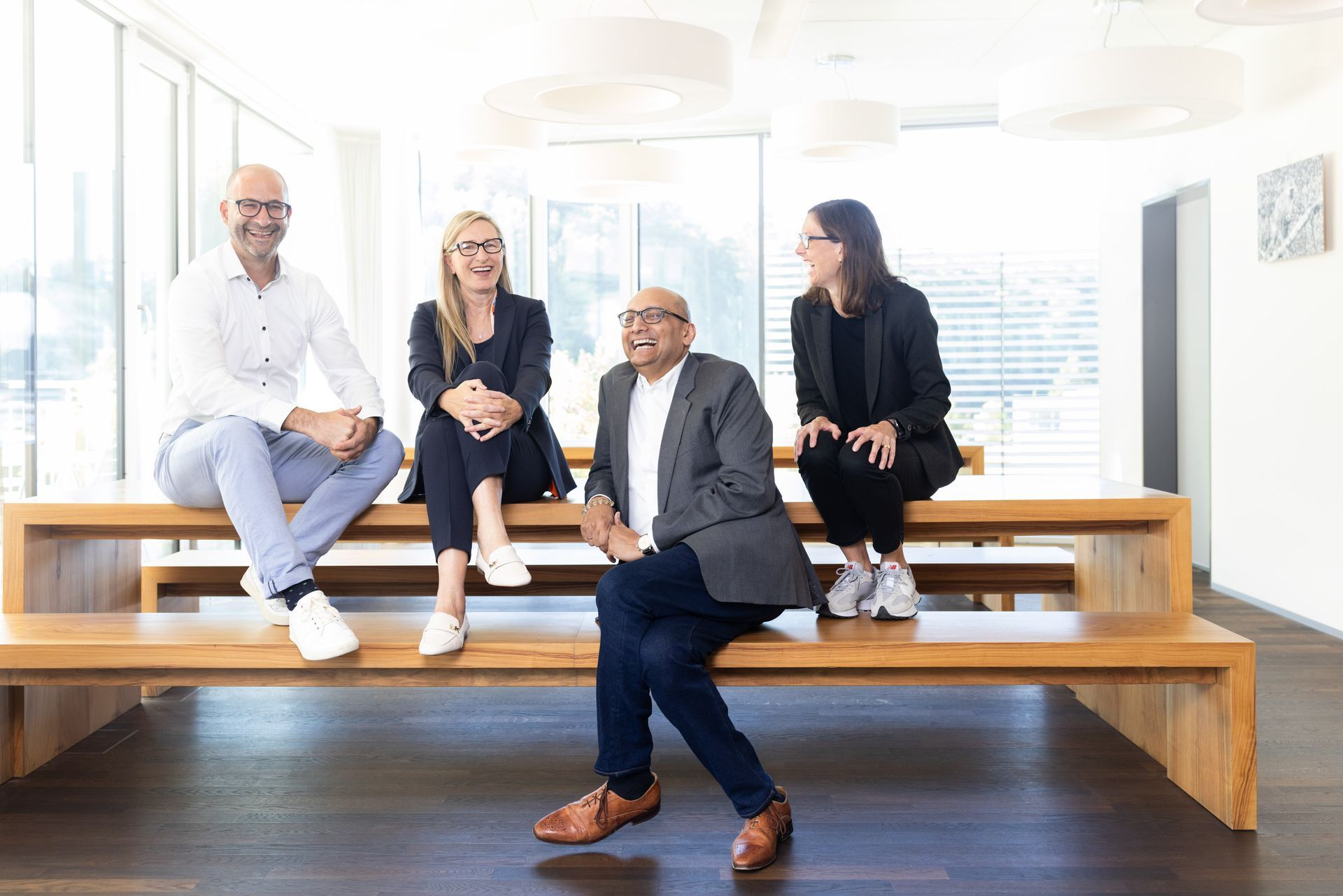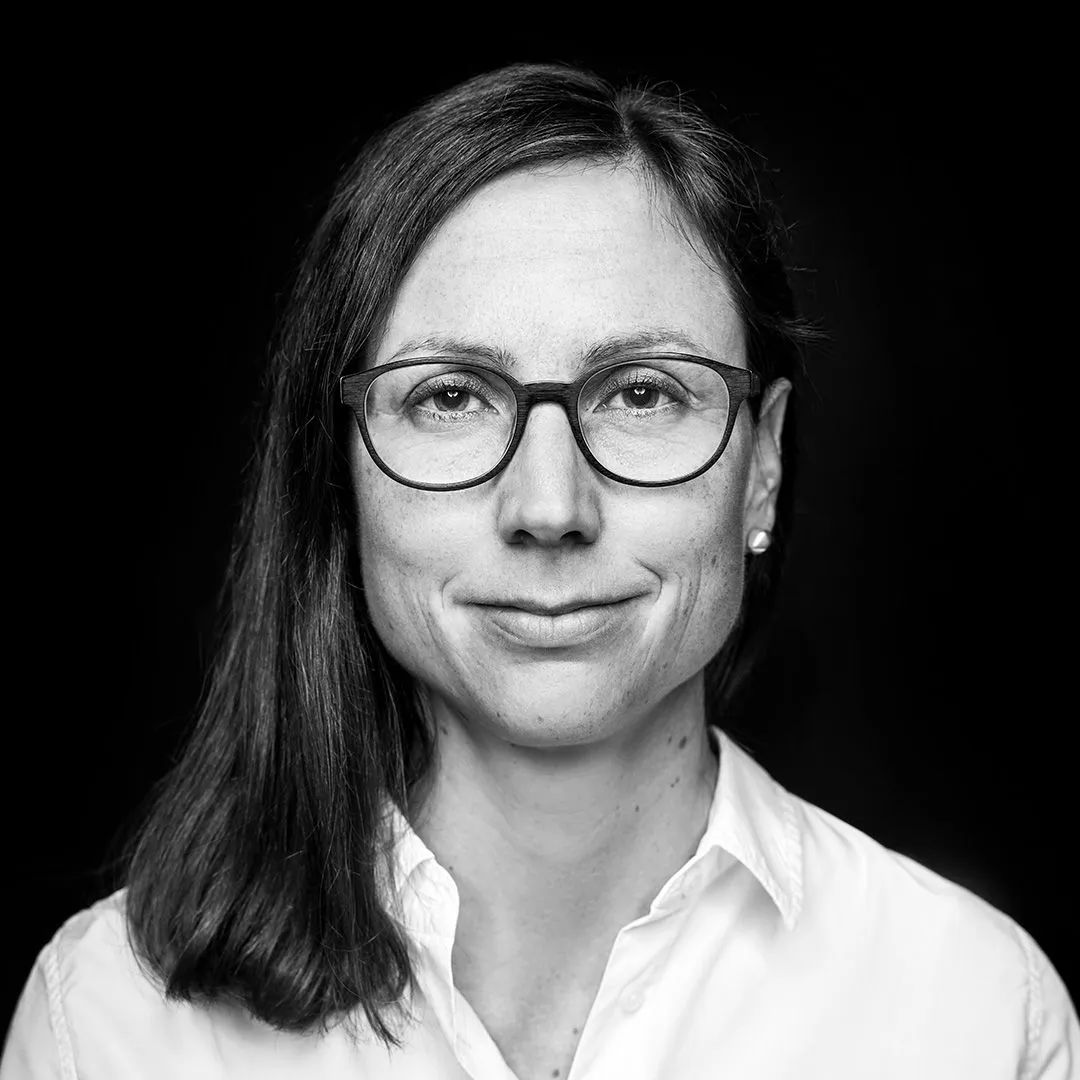A new field of research that is making waves
The world needs more robots - of this, Mirko Kovač is certain. The expert in sustainability robotics uses artificial intelligence to bring machines to life, so that they can help where humans cannot.
When Mirko Kovač, Empa researcher and Professor of Sustainability Robotics at EPFL, talks about his robots, it sounds unbelievable: little supermen and superwomen with a noble mission, "cultivated" by researchers. In the future, they will help protect the environment and take on dangerous tasks. The little machines created in Kovač's lab fly silently through forests, record biodiversity, dive into rivers to study invasive species, and move through rough terrain to collect data. Some are made of biodegradable materials and break down after use - built to help and then to disappear.
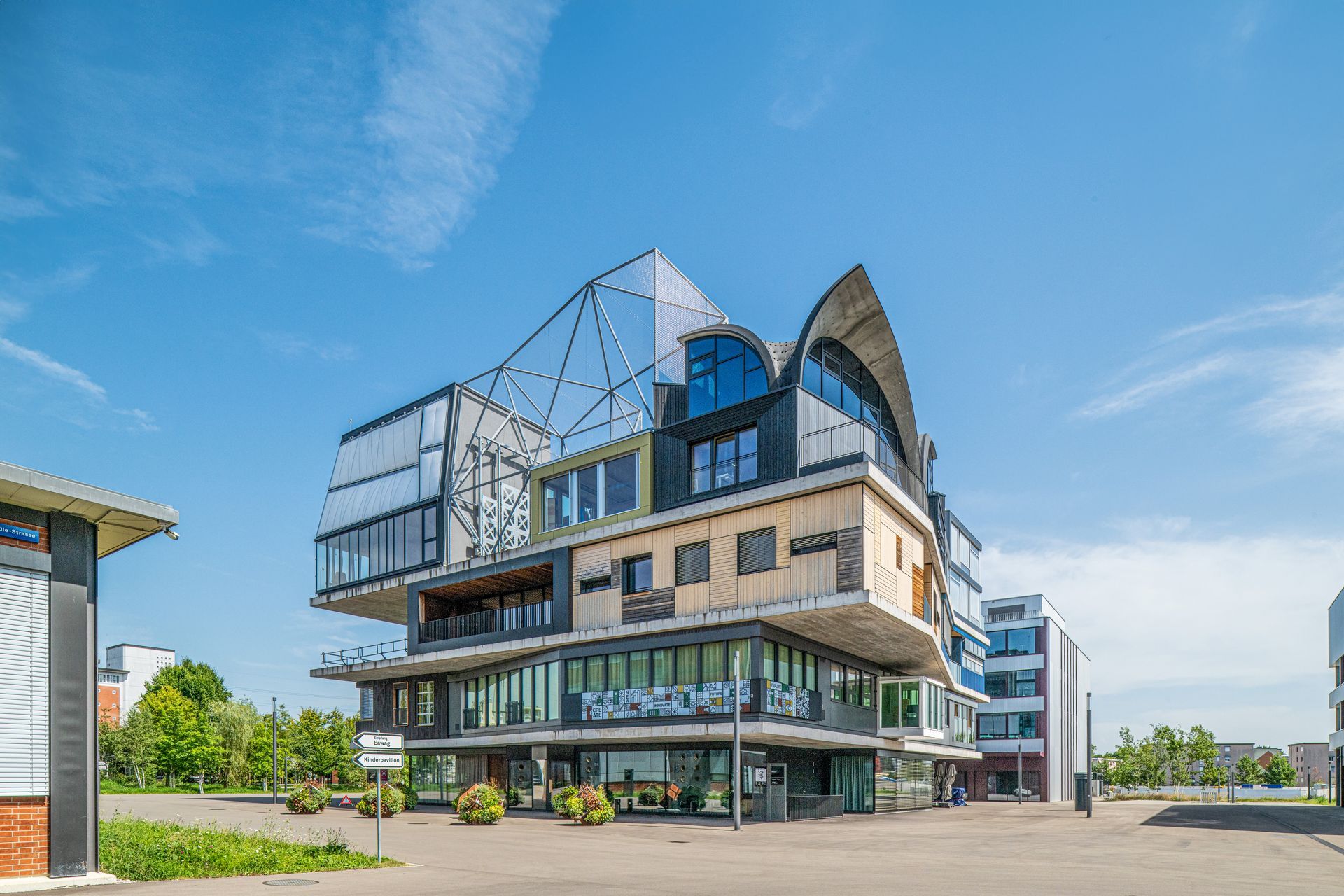
With the new Center of Excellence, Empa aims to transfer its research from the laboratory - such as the Drone Hub in Dübendorf - to real-world environments.
A new field of research
The vision of sustainability robotics drives Kovač and his team of around 20 specialists from various disciplines. This new interdisciplinary field of research combines robotics, materials science, and environmental science with the aim of developing robots that actively contribute to ecological and social sustainability.
Sustainability robotics goes beyond traditional robotics, which focuses on automation and efficiency. Sustainability robotics is not just about technical innovation, but also about responsibility: robots should conserve resources and perform tasks too dangerous for humans. Physical AI combines intelligent control with material behavior, structure, and sensor technology. Robots learn not only digitally, but also directly through interaction with their environment. They are often made of bio-inspired, natural, or even biodegradable materials and can adapt flexibly to changing conditions. This results in systems that not only think but also sense and react - for example, to wind, water, temperature, or biological processes. Some are made of wood or plant-based structures, while others integrate into natural cycles.
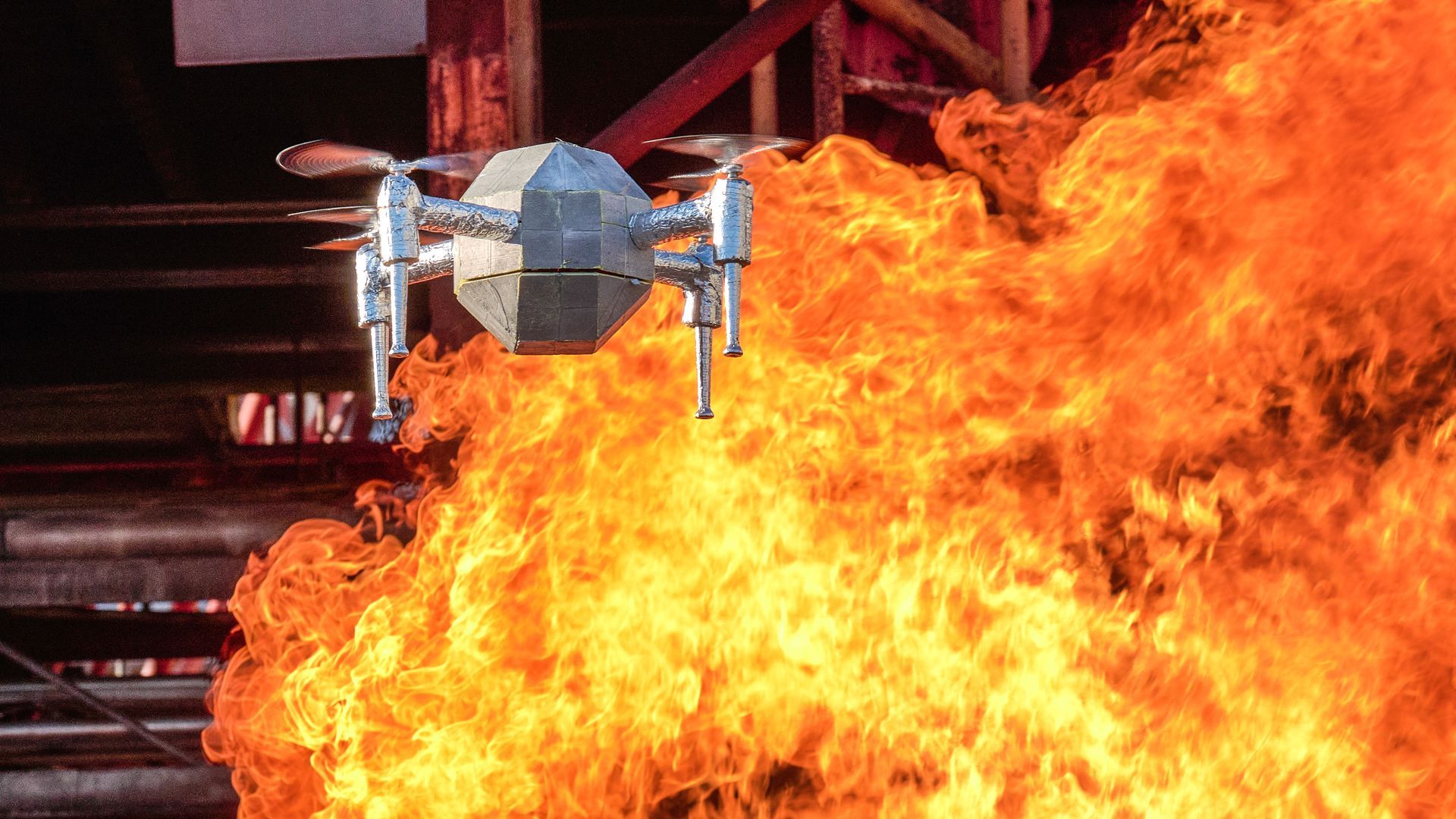
Drones on call under extreme conditions: In fires or other dangerous situations, they take on tasks that are too risky for humans, such as assessing the situation or collecting data.
AbbVie
Outlook
It may still sound like a vision today, but for Kovač, this is not just science fiction. "We want to build machines that blend into nature instead of disrupting it," the professor says. For this, Schaffhausen offers ideal conditions: a high level of biodiversity, a strong economy with high-tech companies (especially in materials science), and active support from the Canton and the economic development agency.
Kovač and his team are establishing a Center of Excellence in Sustainability Robotics, networked with leading universities worldwide. "Now is the moment when technology, environmental awareness, and social openness come together," explains Kovač. "We must seize this opportunity, because robots are here to stay. The question is how we can shape this future in a meaningful and thoughtful way."
Empa, EPFL and Imperial College London are working together with interdisciplinary specialists to answer this question at the Center of Excellence, in dialogue with industry and the public.
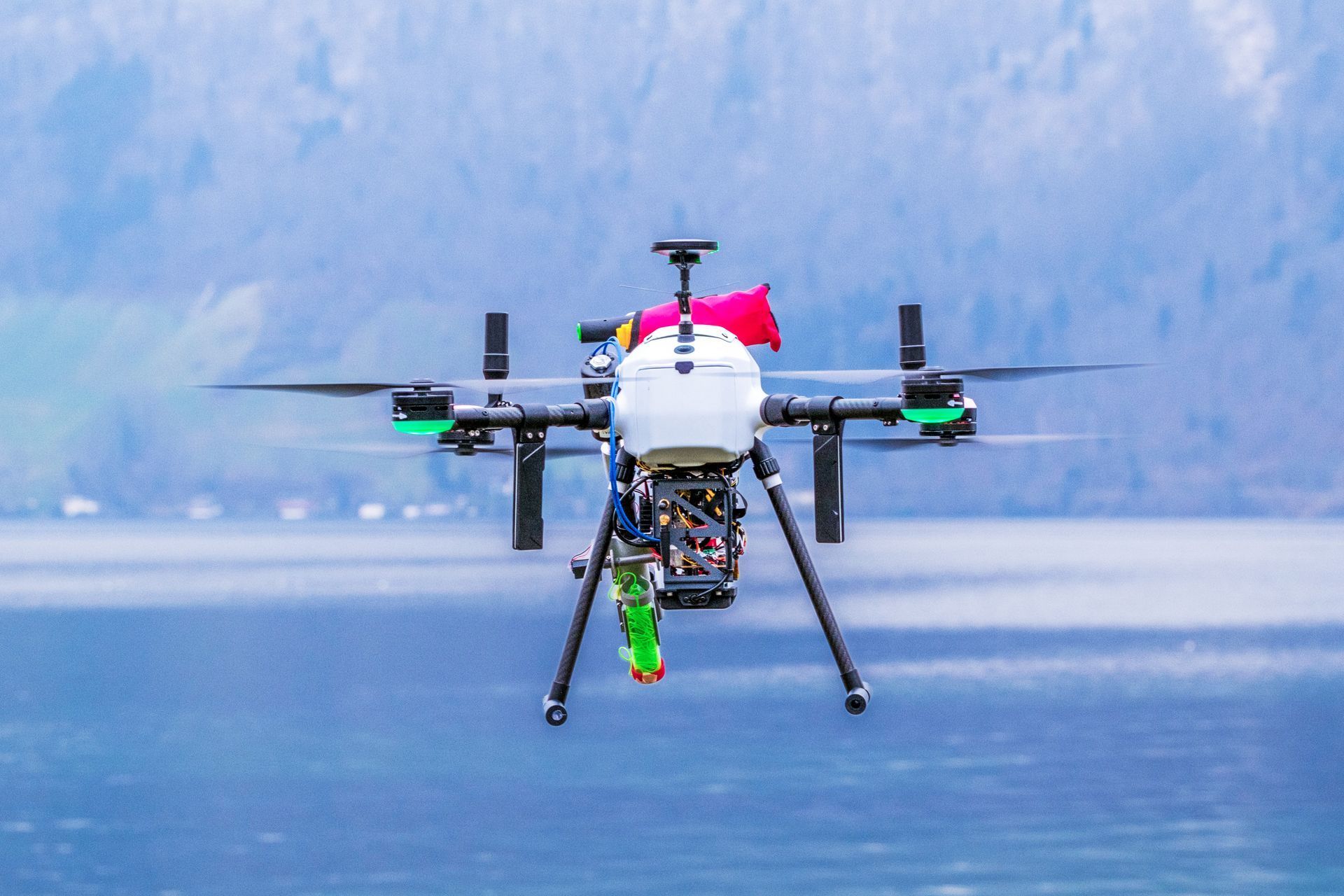
Water monitoring: This drone collects water samples using a special capsule to analyze water quality, even in hard-to-reach or fragile regions.
There is more
Schaffhausen newsletter
New to Schaffhausen or been here awhile? Stay up to date with our newsletter!



